

|
|
|


|
|
1/10 Scale Electric Racing Car:
Kyosho Nissan R89C - 4206
|
Released by Kyosho circa 1989, the Nissan R89C Racing Car - # 4206 - came as an unassembled kit, with an unpainted polycarbonate Bodyshell, a servo operated Rotary Mechanical Speed Controller, Mega Outlaw 22T Stock Motor and one-piece plastic Wheels with semi-pneumatic rubber tires. A Radio System, Battery and Charger to be purchased separately.
Now considered rare, all the early 1990s Kyosho F1 and Le-Mans style RC models are much sought after by ardent collectors the world over.
Check out our Kyosho Archive for other Group C models.
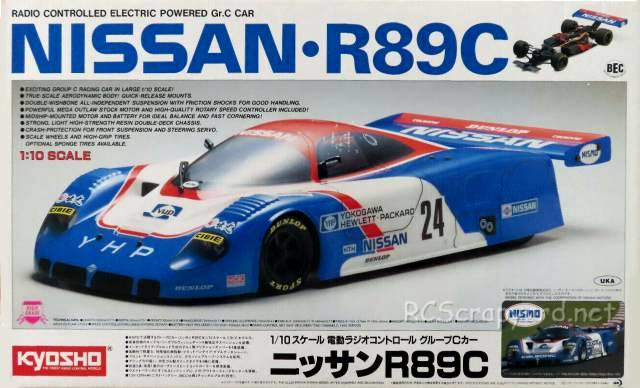
The 2WD model is based on a molded plastic double deck chassis, with front "crash-back" system incorporating two O-rings (previously used on a number of Schumacher models), A-arm wishbone suspension, with pushrod actuated coil spring over friction dampers, bevel gear type differential, gear reduction drive with dogbone drive-shafts and bushings.








|
|
|

★ Kyosho Nissan R89C - 4206 ★
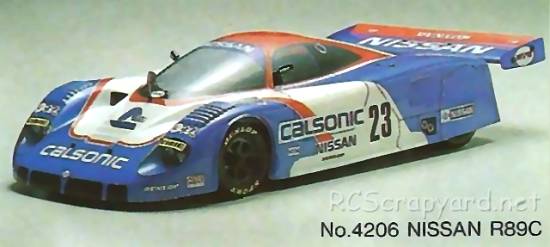
★ Kyosho Nissan R89C - 4206 ★
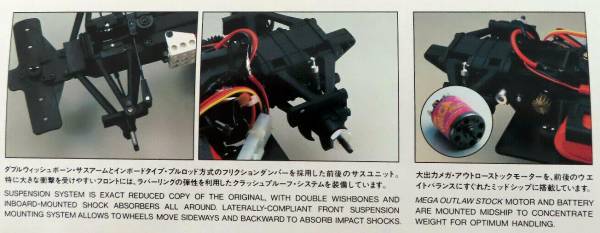
★ Kyosho Nissan R89C - 4206 ★
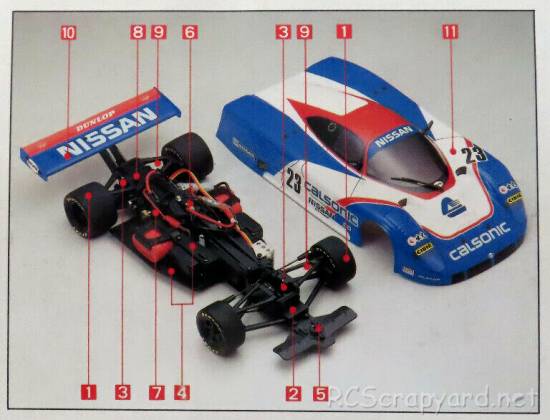
★ Kyosho Nissan R89C - 4206 - Chassis ★
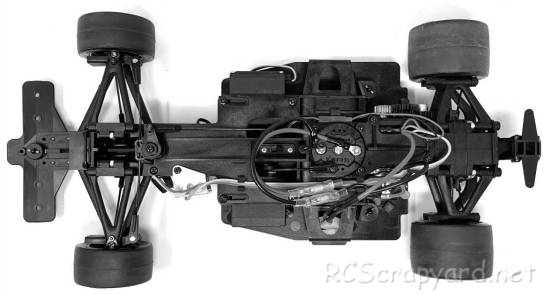
★ Kyosho Nissan R89C - 4206 - Chassis ★
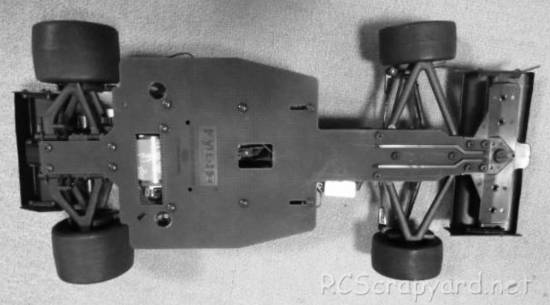
★ Kyosho Nissan R89C - 4206 - Chassis ★
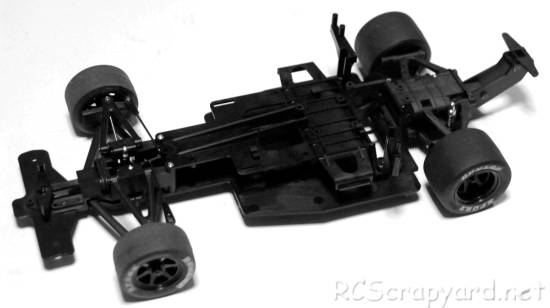
★ Kyosho Nissan R89C - 4206 - Chassis ★
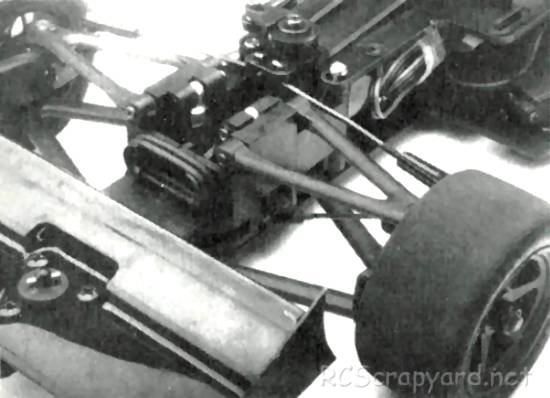
★ Kyosho Nissan R89C - 4206 - Chassis ★
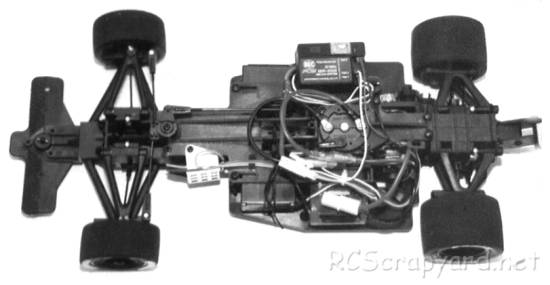
★ Kyosho Nissan R89C - 4206 - Chassis ★
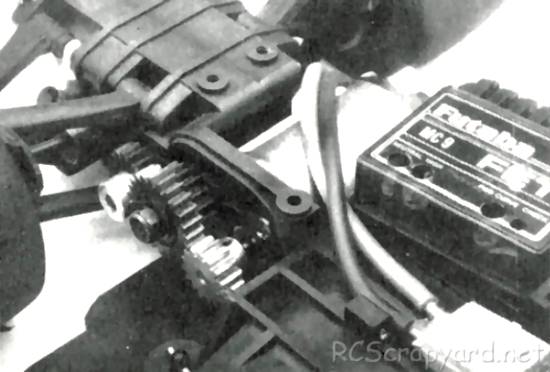
★ Kyosho Nissan R89C - 4206 - Chassis ★
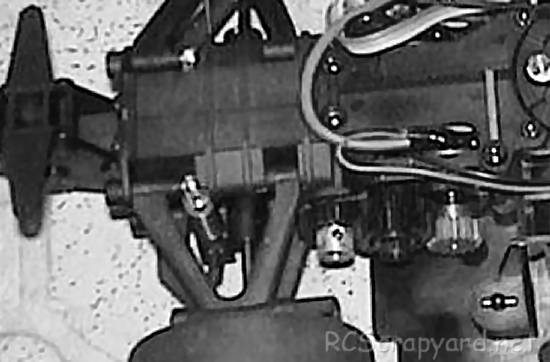
★ Kyosho Nissan R89C - 4206 - Chassis ★
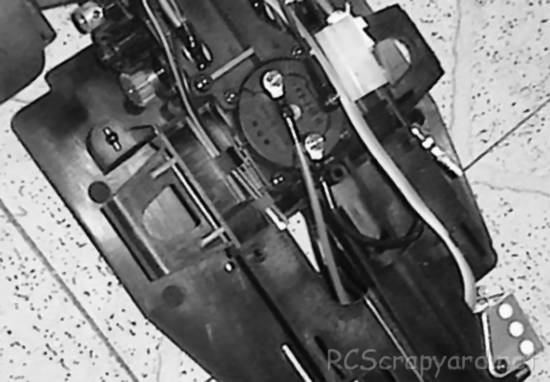
★ Kyosho Nissan R89C - 4206 - Chassis ★
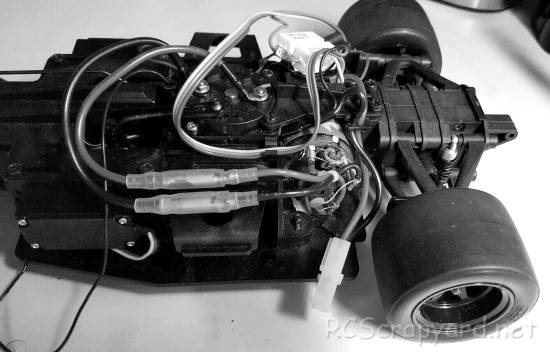
★ Kyosho Nissan R89C - 4206 - Chassis ★
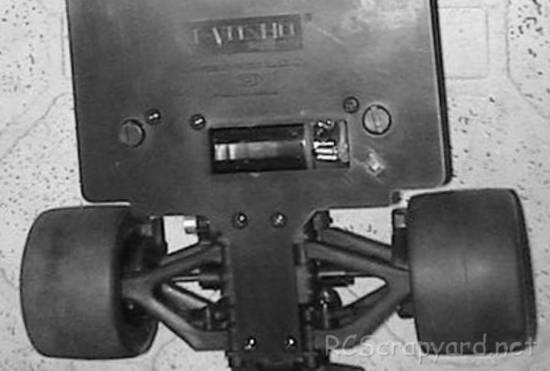
★ Kyosho Nissan R89C - 4206 - Chassis ★
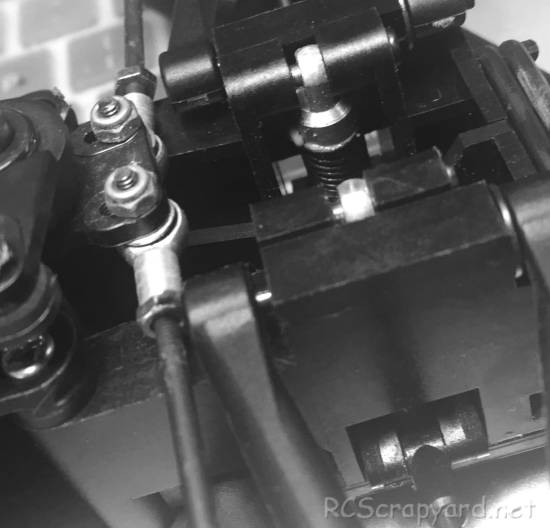
★ Kyosho Nissan R89C - 4206 - Chassis ★
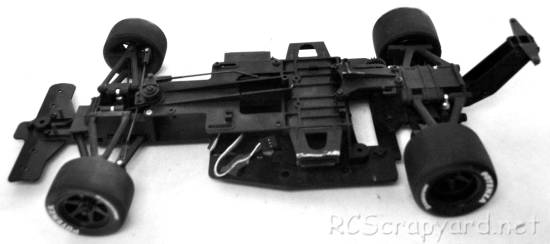
|
Buying a Used Radio Controlled Model
|
|
Manufacturers and Brands Catalogued, Listed and Reviewed by RC-Scrapyard.
At present, the RC Model Manufacturers, Brands and Distributors covered by us are: ABC Hobby, Academy, Acme Racing, Agama Racing, Amewi, Ansmann Racing, ARRMA, Team Associated, Atomic RC, Axial, AYK, Bolink, BSD Racing, Capricorn, Carisma, Carson, Caster Racing, Cen, Corally, Custom Works, Durango, Duratrax, ECX - Electrix, Exceed RC, FG Modellsport, FS-Racing, FTX, Fujimi, Gmade, GS-Racing, Harm, HBX, Helion, Heng Long, Himoto Racing, Hirobo, Hitari, Hobao, Hong-Nor, Hot Bodies, HPI, HSP, Intech, Integy, Jamara, JQ Products, Kawada, Kyosho, Losi, LRP, Maisto, Mardave, Marui, Maverick, MCD Racing, Megatech, Mugen, New Bright, Nichimo, Nikko, Nkok, Ofna, Pro-Pulse, Protech, PTI, RC4WD, Redcat Racing, RJ-Speed, Robitronic, Schumacher, Seben, Serpent, Smartech, Sportwerks, Step-Up, Tamiya, Team-C Racing, Team Magic, Thunder Tiger, Tomy, Top Racing, Traxxas, Trinity, Tyco, Vaterra RC, Venom, VRX Racing, WLToys, X-Factory, Xmods, Xpress, Xray, XTM, Yankee RC, Yokomo, ZD Racing and Zipzaps. |
|
Hints, Tips and Information
Painting a Lexan Body Shell.
Most RC Model kits come with an unpainted, clear Lexan plastic Body Shell you yourself must prepare and paint. This type of Body Shell is painted on the inside, and special spray or brush on Polycarbonate Paints MUST be used.
|
|
Hints, Tips and Information
Ride Height
To allow the suspension on any RC model to do its work properly, it needs to ride in a position where it is able to react to any bumps and holes it may encounter on the track. Therefore, it needs to be adjusted to somewhere in-between those limits. That position is commonly termed "ground clearance" or "ride height" and is generally measured as the distance between the underside of the chassis and the ground, with the motor and battery etc installed. |
|
RC Models:
|
Radio & Motors: |
Other
Accessories: |